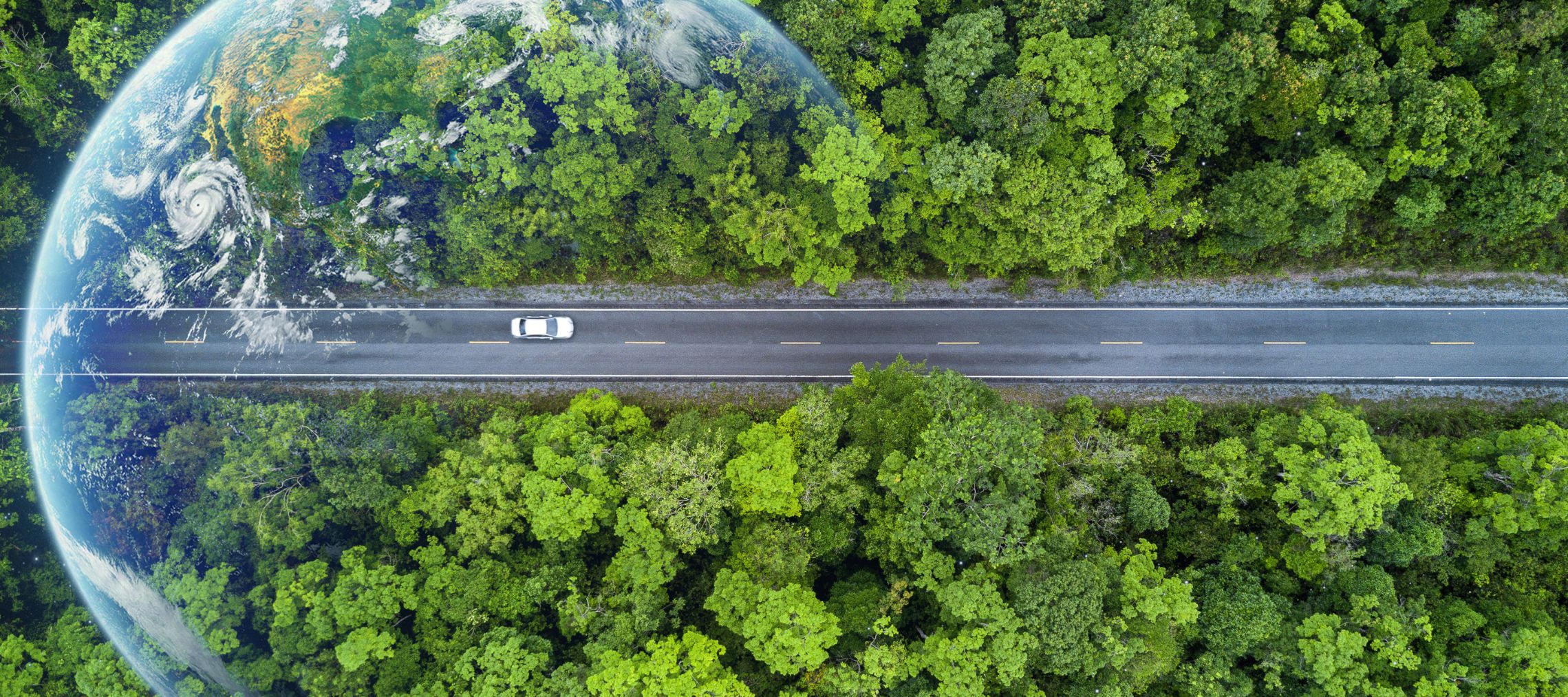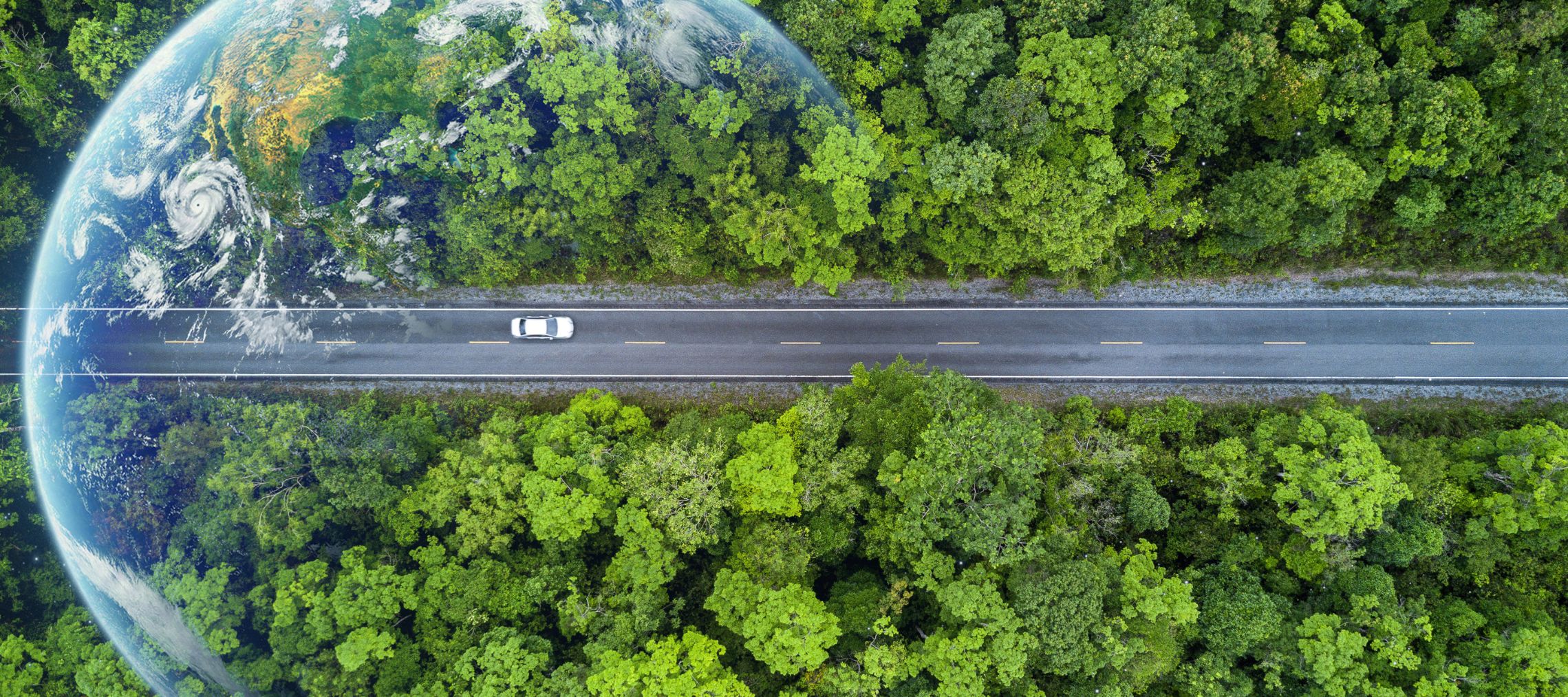Climate adaptation is a dynamic and complex process. This includes risk assessment, adaptation planning, implementation, and monitoring at different scales. Adaptation strategies vary according to specific types of climate hazards, geographical scales, and time frames. However, limited knowledge while dealing with several uncertainties is a major challenge. CSTEP's scientific strategies can help policymakers design and prioritise adaptation measures to meet our climate agenda.


Eco-Mandates for a Climate-Resilient Democracy
Earth, home to over 8 billion species, saw record CO2 emissions in 2023. The temperatures rose by 1.4 °C, close to the 1.5 °C cap of the Paris Agreement, making it the warmest year. Recently, as we celebrated the World Environment Day on 5th June — the biggest day on environment observed to increase awareness about and action against this aggravating climate change situation — it is timely to reinterpret our fundamental rights and duties through a climate lens.
(Re)envisioning inclusive futures: Applying narrative foresight to deconstruct the problem of urban flooding in the slums of Bengaluru, India
Recurring urban flooding in Bengaluru, India, has brought multiple intersecting development challenges to the forefront. While climate change is a catalyst for flooding, rapid urbanisation has aggravated the problem by neglecting its ecological history. Repeated floods have particularly affected migrants living in the slums, further worsening their already vulnerable conditions. Currently, only about 40% of slums are formally recognized by city authorities, leaving most slum dwellers with limited access to public benefits and basic infrastructure.
On India’s ‘heat action plans’
Come summer, we are used to seeing heat alerts from the India Meteorological Department (IMD) for various parts of India. This year, these alerts began in February itself. Parts of the northeast and western India have already reported appreciably warm temperatures (3.1-5 degrees Celsius above normal) before the start of summer.
Agro-climatic zone-wise drought hazards in Karnataka under historical and future climate scenarios
This study performed the spatio-temporal analysis of drought hazards across the agro-climatic zones (ACZs) of Karnataka under historical and future climate scenarios. The India Meteorological Department’s high-resolution gridded data for1989-2019 was used for historical drought occurrence analysis. Coordinated Regional Climate Downscaling Experiment ensemble data of the Representative Concentration Pathway (RCP) 4.5 and 8.5 scenarios were used for analysing future drought hazards in the near (2031-2060) and end term (2061-2099) periods.
Climate Charche: Decoding Urban Climate With Geospatial Techniques
CSTEP organised a workshop in collaboration with the Bengaluru Sustainability Forum (BSF) on 12 March 2024 to enhance knowledge on geospatial technology as part of the Climate Charche series. Geospatial technology provides scientific data for analysing, mapping, and monitoring various aspects of complex urban systems that affect climate.
The Google Earth Engine (GEE) is such a tool that provides access to a comprehensive public data catalogue, allowing users to visualise and analyse spatial data effectively.
Empowering Grassroots for Climate Action: Dissemination of Climate Modules
The first blog looked into the Center for Study of Science, Technology and Policy’s (CSTEP’s) engagement with Climate Asia (CA) on their Climate Action for Civil Society Organisation Development Programme for Civil Society Organisations (CSOs). In this concluding blog, we explore the design and development of the climate modules and share insights and learnings from the engagement.
Empowering Grassroots for Climate Action: Bridging the Knowledge Divide
In this two-part blog series, we revisit our experience in capacity building for civil society organisations (CSOs) working across India’s diverse rural landscape, where there is an urgent need to enhance climate adaptation knowledge to address the multi-dimensional challenges of climate change.
Can green and carbon credits drive investment opportunities in rural India?
India is grappling with a surge in extreme climate events causing significant losses, with a shortfall in global climate action, according to the 2023 Synthesis Report of the first Global Stocktake by the United Nations Framework Convention on Climate Change (UNFCCC). With an aim to promote sustainability and reduce carbon emissions, the Carbon Credit Trading Scheme (CCTS) and the Green Credit Programme (GCP) were launched under the Lifestyle for Environment (LiFE) initiative this year.